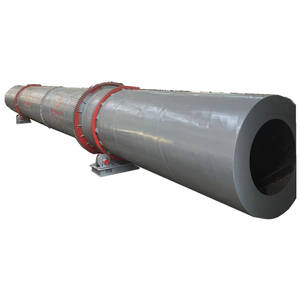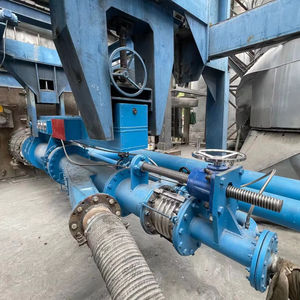Obtaining a heavy machinery license is a critical step for mechanical engineers and operators seeking to work with equipment such as excavators, bulldozers, cranes, loaders, and other industrial machinery. This credential validates your competency in operating complex machinery safely and efficiently, ensuring compliance with industry standards and regulatory requirements. Below is a professional guide outlining the process to acquire a heavy machinery license.
(how to get a heavy machinery license)
**Step 1: Understand License Requirements**
Research the specific licensing requirements in your region, as regulations vary by country, state, or province. In the United States, for example, licensing may be governed by state occupational safety agencies or the Occupational Safety and Health Administration (OSHA). Generally, applicants must be at least 18 years old, possess a high school diploma or equivalent, and demonstrate physical fitness to operate heavy machinery. Some jurisdictions may also require a valid driver’s license or completion of a background check.
**Step 2: Enroll in a Training Program**
Formal training is essential to gain theoretical knowledge and hands-on skills. Accredited programs are offered by vocational schools, community colleges, or private training institutes. Courses typically cover equipment operation, safety protocols, maintenance basics, and load management. Look for programs aligned with OSHA standards or the National Center for Construction Education and Research (NCCER), which are widely recognized in the industry. Many employers prioritize candidates with certified training, making this step crucial for career advancement.
**Step 3: Gain Practical Experience**
Hands-on practice under supervision is mandatory to master machinery operation. Training programs often include practical modules, but additional on-the-job experience through apprenticeships or entry-level roles is invaluable. Work under licensed professionals to learn site-specific protocols, hazard identification, and emergency procedures. Document your hours, as some licensing bodies require proof of operational experience—typically ranging from 100 to 500 hours, depending on equipment complexity.
**Step 4: Complete Certification Exams**
Most licensing processes involve written and practical exams. The written test assesses knowledge of safety regulations, equipment mechanics, and operational guidelines. Study materials are often provided by training institutions or regulatory agencies. The practical exam evaluates your ability to perform tasks such as maneuvering machinery, lifting loads, and responding to simulated emergencies. Prepare thoroughly, as passing both components is mandatory for licensure.
**Step 5: Apply for the License**
Submit your application to the relevant regulatory authority, along with proof of training, experience, and exam results. Pay applicable fees, which vary by jurisdiction. Some regions issue licenses for specific machinery types (e.g., crane operator licenses), while others offer broad certifications. Ensure your application is complete to avoid delays. Processing times may range from a few weeks to several months.
**Step 6: Adhere to Safety and Renewal Protocols**
Once licensed, prioritize ongoing compliance with safety standards. Attend refresher courses to stay updated on technological advancements or regulatory changes. Many licenses require renewal every 2–5 years, involving continuing education or re-examination. Maintain a clean operational record, as violations may result in license suspension or revocation.
**Additional Considerations**
Specialized machinery, such as tower cranes or hydraulic excavators, may demand advanced certifications. Networking with industry associations like the Associated Equipment Distributors (AED) or the International Union of Operating Engineers (IUOE) can provide access to resources and job opportunities. Employers often cover licensing costs for permanent staff, so inquire about sponsorship during job applications.
(how to get a heavy machinery license)
In conclusion, securing a heavy machinery license involves a structured approach combining education, practical training, and regulatory compliance. For mechanical engineers, this credential not only enhances career prospects but also underscores a commitment to workplace safety and operational excellence. Always verify local requirements and invest in continuous learning to maintain proficiency in this dynamic field.


